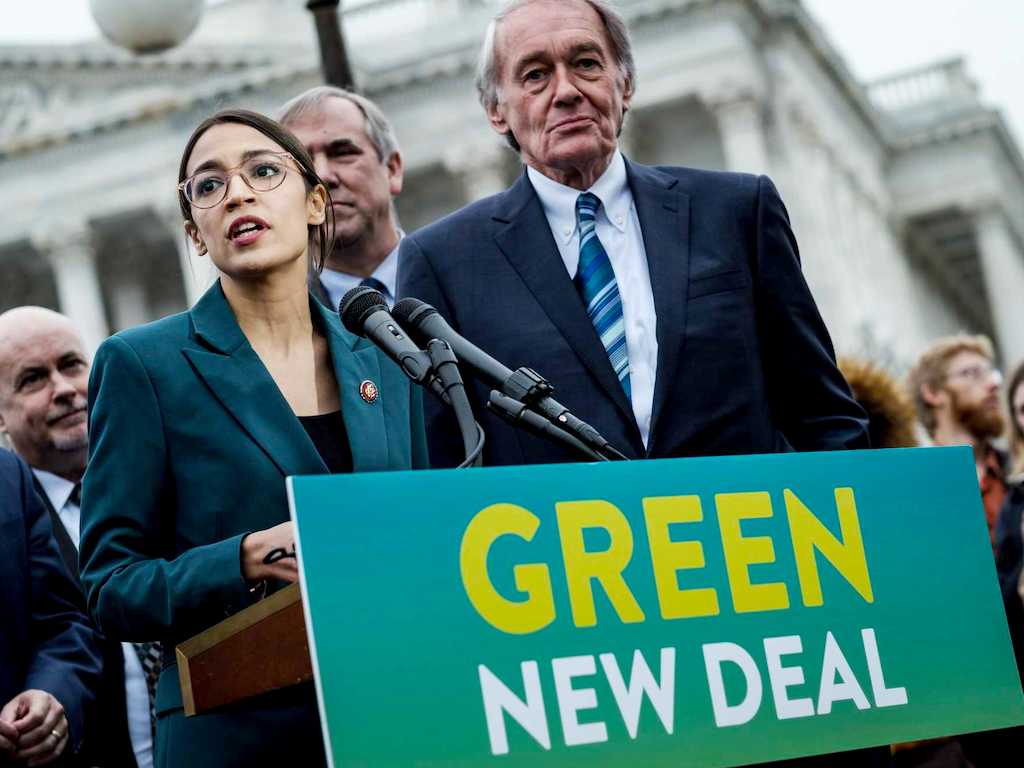6 Mins Read
Heard a lot about the Green New Deal (GND) but still a little confused about what it actually is? We got you. The proposed United States legislation package isn’t exactly a simple one-policy solution to our climate crisis, so we’ve done a deep dive into the nitty gritty details in order to truly understand what it entails, from its origins to the main policy provisions, from the key people you should know to how it can impact the global efforts to save the planet. Here’s our Green New Deal primer.
What is the Green New Deal?
The Green New Deal (GND) is a proposed package of legislation for the United States. The ultimate goal of the 10-year plan is to tackle climate change and socioeconomic inequality, rooted in the belief that for climate action to be impactful, it must tackle the connected issues of poverty, income inequality and racial discrimination.
It was introduced by Democratic Congresswoman Alexandria Ocasio-Cortez of New York and Democratic Senator Edward J. Markey of Massachusetts. The grand plan calls on the federal government to slash reliance on fossil fuels and curb greenhouse gas emissions across the entire U.S. economy while creating new well-paid jobs in clean energy industries.
GND, the name of the proposal, was inspired by the New Deal – a major makeover of the U.S. government and economy – that was launched under President Franklin D. Roosevelt to help the country recover from the Great Depression.
The resolution itself is non-binding, which means that even if Congress approves it, nothing in the proposal is set to become enshrined in U.S. law. However, it can pave the way for drastic economic changes that will address ecological degradation and inequalities at the same time.
Is this the first Green New Deal?
Talk about a “green new deal” has been around for years in the U.S. – think tanks such as Data for Progress and political groups like the Green Party had their own versions with the same title.
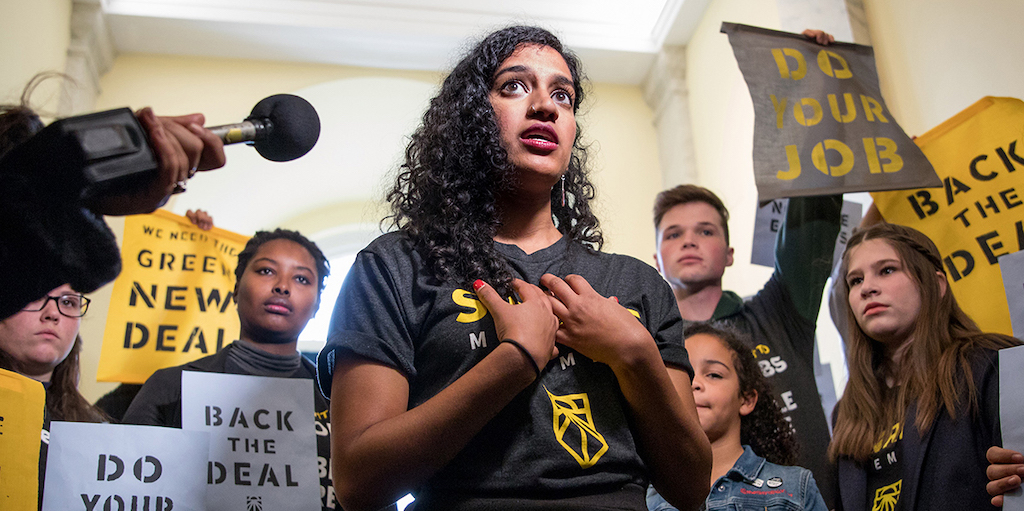
However, it was popularised in 2018 by the Sunrise Movement, a grassroots youth climate activist organisation created by Sara Blazevic and Varshini Prakash who laid out a new strategy and held a protest outside then-soon-to-be-speaker Nancy Pelosi’s office to demand climate action. The protest was joined by Alexandria Ocasio-Cortez, kicking off the momentum for what later became a comprehensive joint resolution proposal.
What will the Green New Deal mean?
The plan seeks to mobilise every single aspect of the U.S. society and economy to tackle the twin crises of inequality and the climate emergency. How it seeks to do this will mean many different policies and initiatives that will transform all economic sectors.
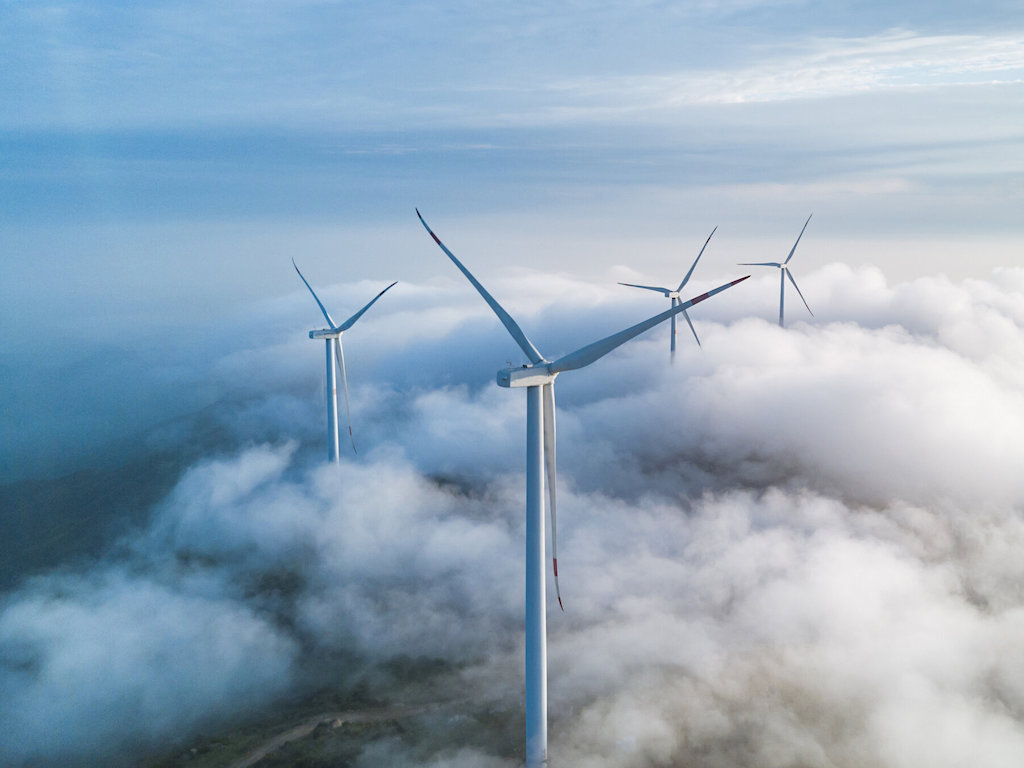
While the full text contains many elements, here are the main points to note:
- The entire world has to reach net-zero emissions by 2050, and the U.S. must play a leading role to achieve this through switching to 100% renewable energy, digitising the power grid nationwide, overhauling fossil fuel transportation systems with electric vehicles and high-speed railways.
- At the same time, GND calls for ensuring social justice – this will mean providing job training and new living-wage paying jobs in the clean technology sectors to anyone who needs it, especially to communities that currently rely on fossil fuel industry employment.
- Seeking to end all forms of oppression and exploitation will also involve recognising that clean air, clean water and access to healthy food is a basic human right, and the government must therefore do everything it can to ensure that no individual is left behind on their rights.
- To prepare the country for climate impacts, it must bolster climate-resilience through replacing stormwater systems to avoid flooding and toxic-runoff, restoring wetlands and other natural ecosystems that serve as buffers to protect communities from disasters.
Aren’t these policies unrealistic?
The short answer is: no. Some of these proposals are actually already underway in parts of the U.S. and other parts of the world.
In Illinois, for instance, the Illinois Clean Jobs Coalition succeeded in getting the Future Energy Jobs Act signed into law after two years of activism. The law sets new energy-efficiency targets and standards, and ensures that weatherising buildings across the state will happen in order to create as many as 7,000 new jobs annually while reducing air and climate pollution.
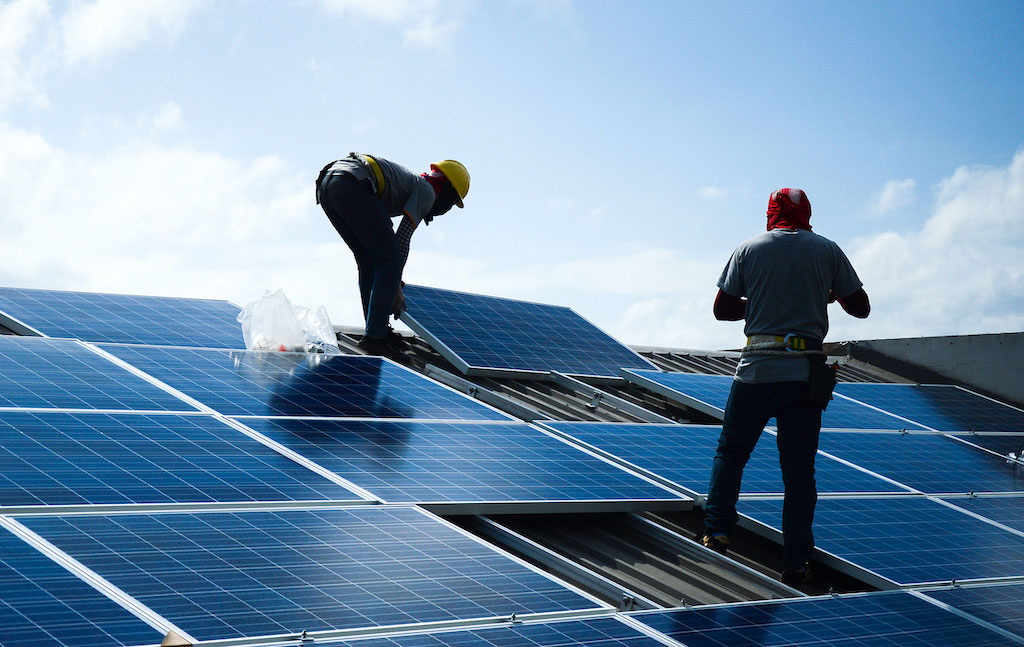
In the European Union, the bloc’s own version of the GND – European Green Deal – has made significant headway in ensuring climate action. The overarching goal is to make Europe climate neutral by 2050 with new laws on promoting a circular economy, biodiversity restoration and clean technological innovation. It was supported by the European Parliament in January, who also proposed to include it in post-coronavirus recovery plans to ensure the continent rebuilds sustainably.
Why is the Green New Deal so important?
Firstly, the GND is one of the few major environmental proposals that acknowledges that climate change and inequality are inextricably linked. Without tackling one, we cannot address the other.
The existing economy tends to expose the working classes, communities of colour and marginalised peoples to stagnant wages, toxic pollution, and other climate disasters such as storms, droughts and flooding. So while the proposal tackles climate change by promoting green infrastructure, renewable energy and biodiversity restoration, it also offers millions of new family-sustaining jobs, cleaner air, water and healthy food is available to all communities.
Secondly, the GND is the economically sound choice to make. Yes, the plan will be extremely costly. But scientists and experts have reiterated time and time again – we have no more time to lose, and delays in climate action will only create additional costs, from disaster damage to reduced labour capacity. The world’s cheapest option now is to take climate action seriously.
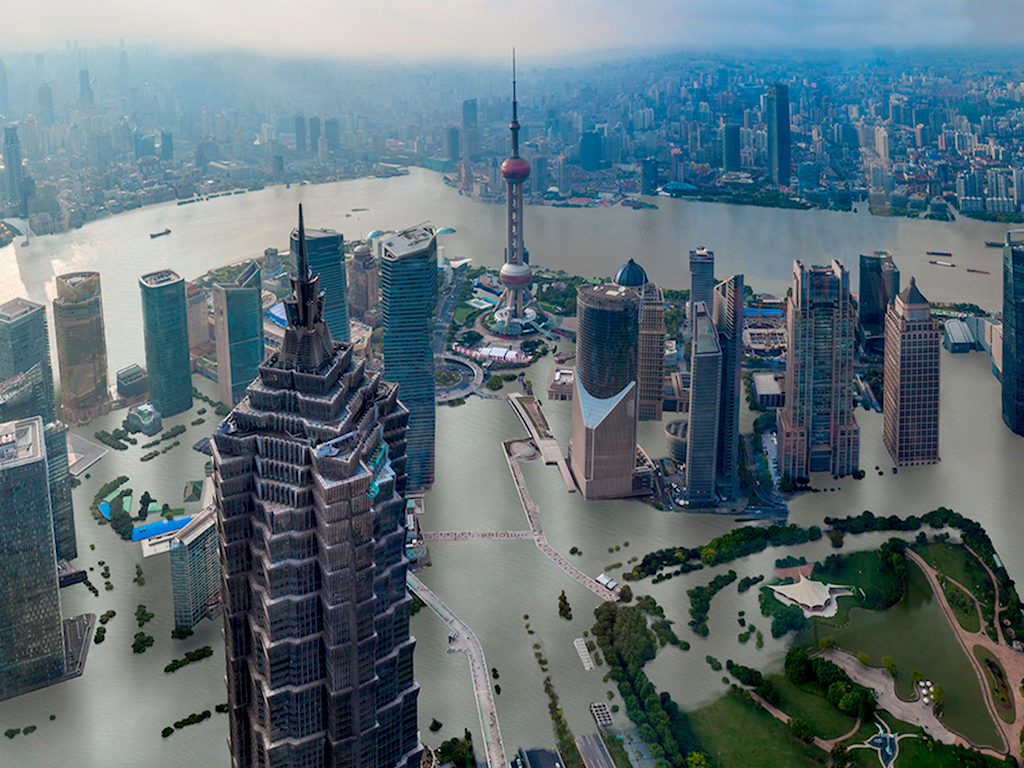
Finally, the GND is significant because it has the power to make a global impact. The U.S. is the world’s largest economy – and without them on board to combat greenhouse gas emissions and curb pollution, there is little hope that we can effectively fight global heating and environmental degradation.
The U.S. also happens to be an incredibly influential country, with many other countries often following its lead. It has the power to set an example for other countries, prompting even originally climate-skeptical ally governments to implement climate action policies of their own. Meanwhile, its adversaries, such as China and Russia – both enormous states with a huge carbon footprint – may feel pressure to match its rival with sustainable legislation.
Lead image courtesy of Pete Marovich / NY Times.

